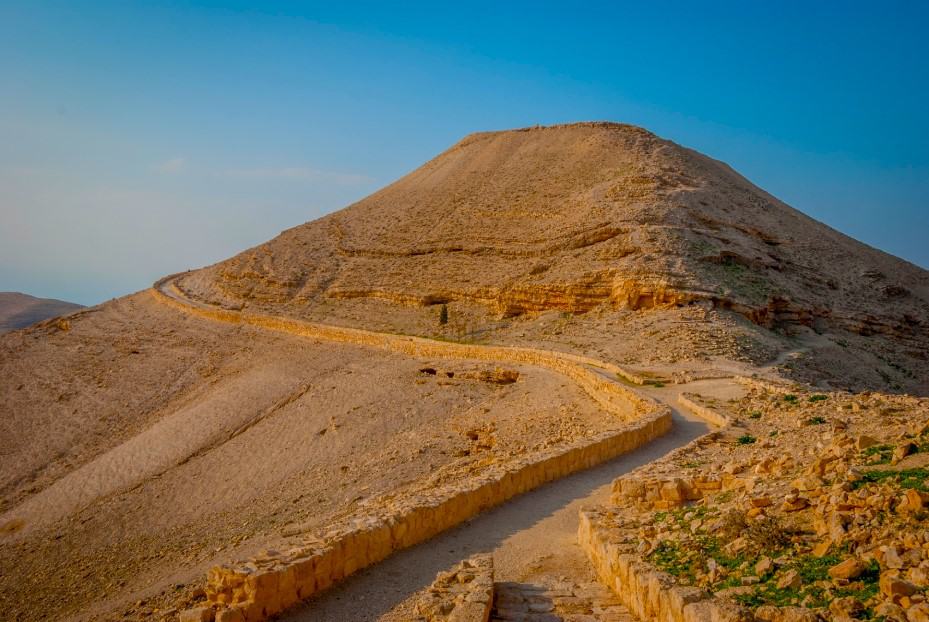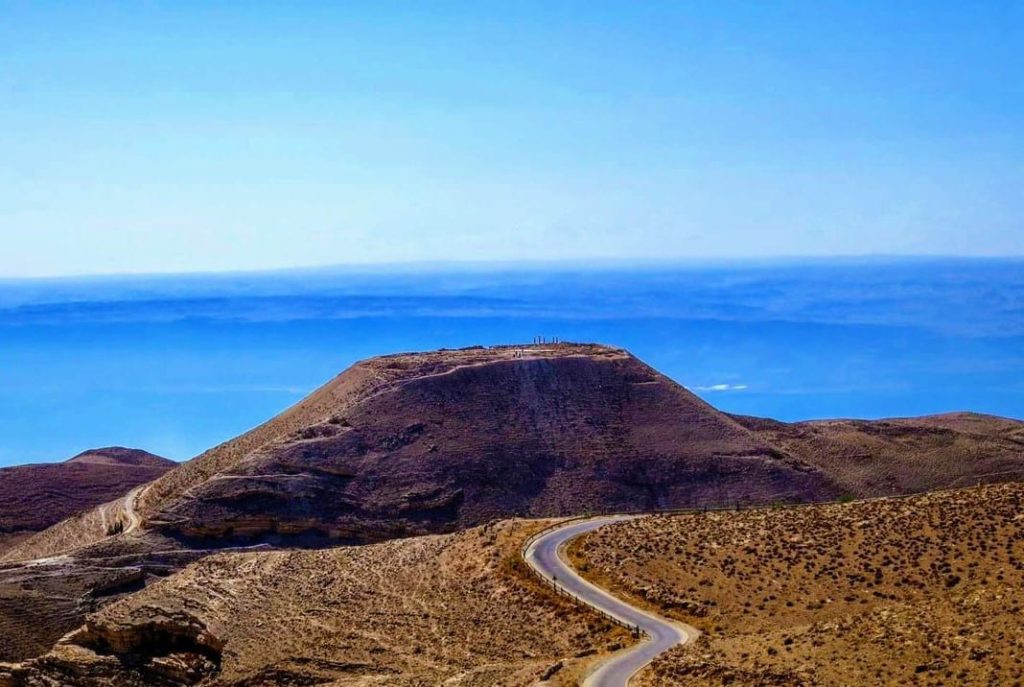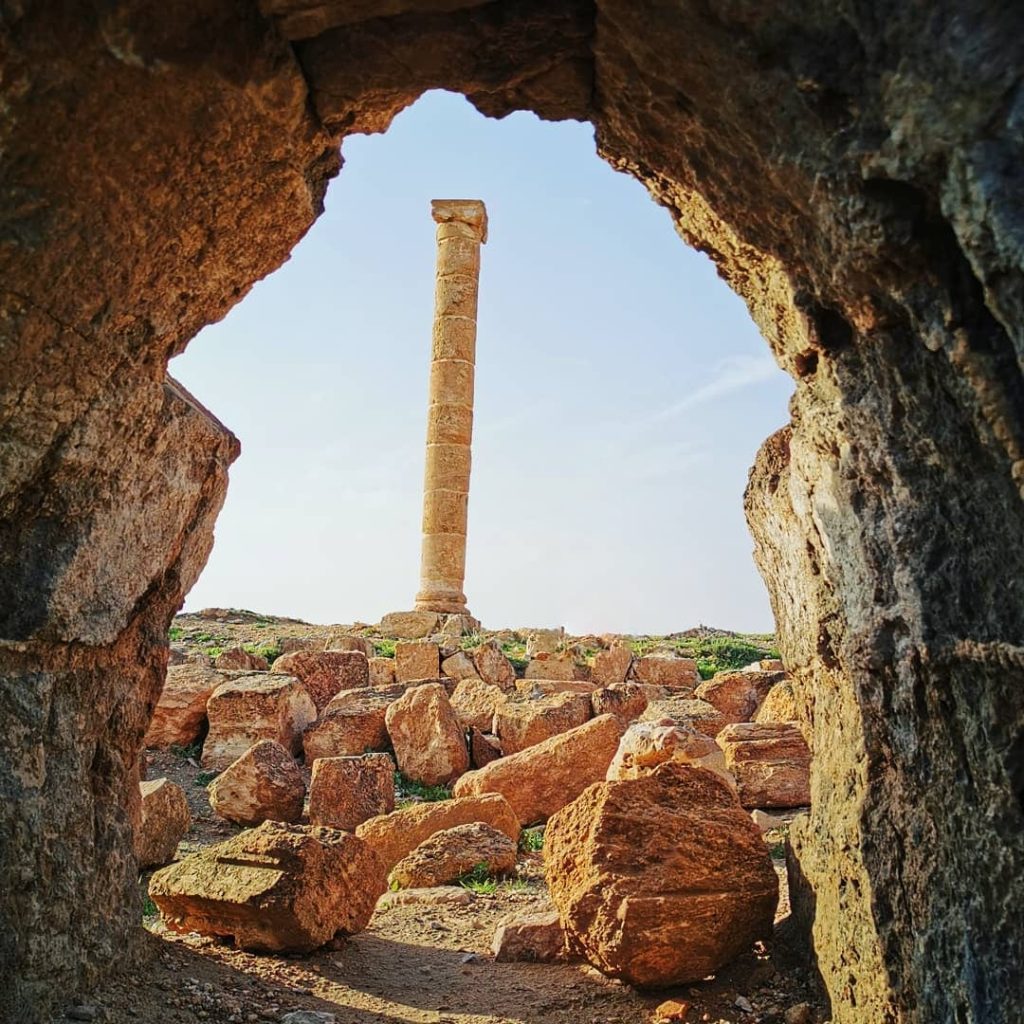King Herod the Great was known for his ambitious building projects, and one of his significant constructions was the fortress-palace of Machaerus. Located atop a rugged hill in present-day Jordan, Machaerus symbolized Herod’s power and authority in the region. The palace fortress is notable not only for its architectural ingenuity but also for its historical significance.
Herod the Great
1. Strategic Location:
Machaerus was strategically positioned atop a hill overlooking the Dead Sea in the eastern Jordanian desert. This vantage point allowed for effective surveillance of the surrounding landscape, making it a critical outpost for the defense and control of the region.
2. Military Significance:
The fortress was designed with both defensive and offensive capabilities in mind. Its elevated position provided a clear view of approaching threats, while its strong walls and fortifications made it a formidable stronghold against potential enemies.

3. Architectural Brilliance:
Machaerus was an architectural marvel, showcasing the advanced engineering skills of its time. The fortress included watchtowers, defensive walls, storage rooms, living quarters, and other amenities necessary for both military and civilian functions.
4. Herod’s Retreat:
While Machaerus was strategically significant, it also served as a place of respite and luxury for Herod. The palace within the fortress featured opulent living quarters, bathhouses, and courtyards where Herod could enjoy comfort amidst the stark desert surroundings.

5. Infamous Episode: John the Baptist’s Execution:
Machaerus gained historical prominence due to a tragic event within its walls. At this fortress, Herod Antipas, Herod the Great’s son, ordered the execution of John the Baptist. The New Testament recounts that Herod Antipas imprisoned John the Baptist at Machaerus and eventually granted the request of Salome, leading to John’s beheading.

6. Decline and Abandonment:
Ultimately, following Herod’s death, Machaerus remained in use for some time but eventually declined in importance. Moreover, the fortress witnessed various periods of occupation and abandonment over the centuries, reflecting the region’s turbulent history.
7. Archaeological Exploration:
Archaeological excavations at Machaerus have revealed insights into its layout, structures, and historical context. The palace remains, fortifications, cisterns, and other architectural features provide valuable clues about life in this remote desert outpost.
So Machaerus stands as a testament to the architectural prowess of Herod the Great and the strategic importance of fortified structures in the ancient world. Its role in history, from its use as a royal retreat to its connection to the tragic fate of John the Baptist, adds complexity to its legacy. Lastly, today, the archaeological site of Machaerus offers visitors a glimpse into the past and a deeper understanding of the region’s history during Herod’s reign.

